CapCut App Review: The Straightforward Video Editor for Short-Form Creators
If you’ve ever trimmed a clip, added music, or tried to remove an awkward pause before your dialogue hits, you’ve likely encountered more editing apps than you can count. CapCut often appears among these choices. Some hail it as the ultimate editing app, while others claim it’s overhyped. So, what’s the real story? Here’s a complete breakdown of how CapCut functions, its strengths, weaknesses, and what you need to know before installation.
Key Features Worth Talking About

CapCut boasts a plethora of features, but these are the ones that consistently garner attention from editors.
Auto-Captions (With Surprisingly Good Accuracy)
CapCut generates captions from your audio with impressive accuracy, even with accents. This feature is particularly beneficial for editing interviews, tutorials, or commentary content. It effectively segments text into readable chunks rather than cramming long sentences onto the screen.
Background Remover (No Green Screen Needed)
CapCut includes a tool that removes video backgrounds without a green screen. While not flawless, especially with significant motion or intricate edges like hair, it performs well in well-lit videos with clear contrast. It’s a time- saver when you want to isolate the subject without manual masking.
Keyframe Animation (For Those Who Want Control)
CapCut’s keyframe system covers movement, zoom, opacity, and even audio volume. Though not as advanced as desktop programs, it provides sufficient flexibility to create clean animations, smooth transitions, and subtle effects.
Templates and Effects Library
CapCut’s library is packed with ready-made templates, transitions, and trending effects, frequently updated. It features styles matching current TikTok and Reels trends, ideal for content creators. Select a template, drop your clips, tweak the timing — and you’re done.
Voice Effects for Quick Audio Tweaks
CapCut offers built-in voice effects for immediate audio modification. Whether you’re aiming for a robotic sound, chipmunk voice, or need to deepen your tone slightly, the options are easy to apply and adjust. It’s useful for creators adding commentary or matching voiceovers with a specific vibe — all without needing a separate audio editor.
CapCut for Mobile vs. CapCut for Desktop
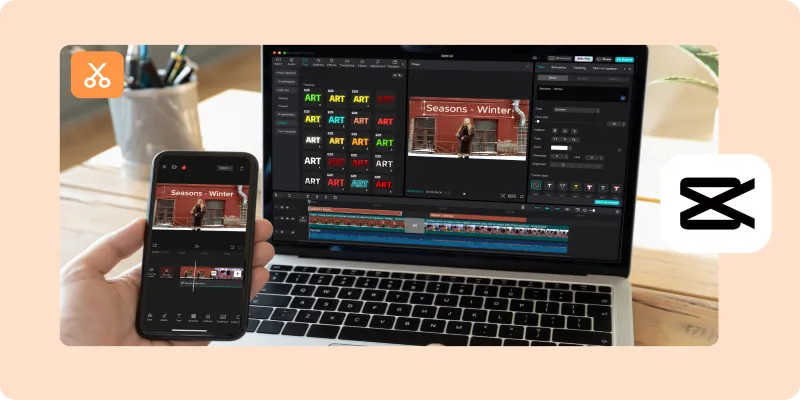
If you’ve only used CapCut on your phone, you’re missing out on the full experience. There’s also a desktop version worth exploring.
CapCut for mobile is quick, casual, and designed for on-the-go edits. The desktop version (also free) offers more room for longer projects, mouse control, and better audio layering management. It allows adjusting track heights and viewing full-resolution previews without lag — something the mobile version struggles with on older devices.
The desktop version also supports exporting at different frame rates and bit rates. While not as finely tuned as Premiere or DaVinci Resolve, it provides enough control to prevent overly compressed videos.
However, not all features transfer over. Some trending templates and effects from the mobile version are absent on the desktop. It’s more of a “manual build” environment, something to consider if you frequently switch between devices.
Who Should Actually Use CapCut?
CapCut isn’t designed for film editors or long-form documentary work. But for short-form creators, influencers, online marketers, vloggers, and small businesses producing video content — it’s more than sufficient.
If you create Reels, TikToks, or YouTube Shorts, CapCut seamlessly integrates into your workflow. You can film a product demo, overlay captions, add a transition, trim dead air, and upload — all within ten minutes.
It’s also beneficial for beginners learning video editing basics. You see your edits in real-time, adjust audio levels, manage layers, and understand timing and pacing. It’s like a free crash course in editing fundamentals.
A Few Things to Watch Out For
CapCut is a robust app, but it has a few caveats you should consider before making it your primary tool.
Cloud Sync Is Hit-or-Miss
CapCut offers cloud project saving, but syncing isn’t always flawless. There have been instances where edits don’t transfer between devices, or a saved draft disappears. It’s advisable to export your work frequently rather than relying too much on auto-save.
Certain Effects Are Region-Locked
Some trending templates or music choices aren’t available in all countries due to licensing issues. You might encounter something in a tutorial that’s missing in your app.
Performance Varies by Device
CapCut runs smoothly on newer phones but may lag on older devices, especially when stacking multiple effects or working with high-resolution clips. The desktop version handles longer videos better, but not as efficiently as high- end software.
Export Watermarks (On Some Versions)
While most features are free, some branded templates add a CapCut watermark unless you’re logged into a verified account. It’s a minor issue, but one that might surprise you if you’re aiming for professional posts.
Final Thoughts
CapCut garners significant attention — and for good reason. It lowers the barrier to video editing with user-friendly tools. It focuses on essential features: clean edits, social-ready effects, and fast turnaround.
No app is perfect, and CapCut isn’t trying to be an all-encompassing editing solution. But if your work resides online and you value speed, clarity, and flexibility, it makes a compelling case. Just be mindful of its limitations, explore both versions, and avoid over-reliance on its cloud system.
Try it out, test its tools, and see if it aligns with your editing style. That’s the best way to determine if it fits into your creative routine.
Related Articles

LightCut 2025 Review: The Best Video Editor for Android and iPhone

WeVideo: A Browser-Based Video Editor That Actually Makes Life Easier

KineMaster Video Editing App Review: A Mobile-Friendly Powerhouse

VideoShow Review: A Mobile Editor for Quick, Casual Projects
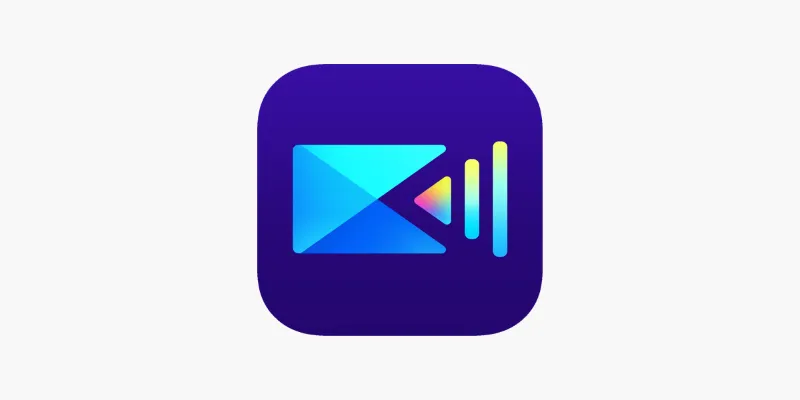
PowerDirector: A Fast and Accessible Video Editing Tool for Everyone

CapCut, WeVideo & More: Tools That Simplify Video Editing
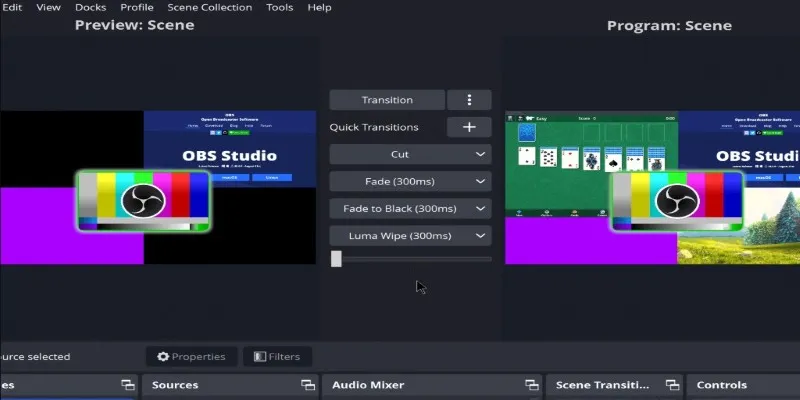
Adobe Premiere Rush on Desktop: Where Simple Editing Meets Smart Design

VivaVideo Review: A Mobile Editor That Actually Keeps Up With You
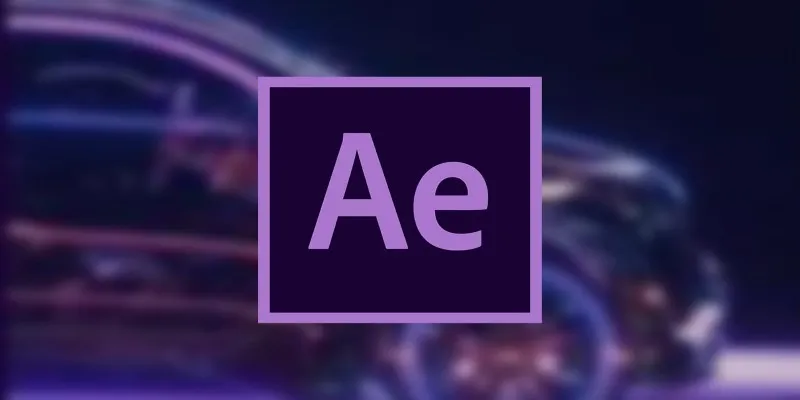
How to Reverse Video Footage in After Effects and Best Alternatives

Vizmato 2025 Review: Video Editing That Feels Like Play

Top 5 Free Video Enhancers to Instantly Boost Video Quality

What is HitFilm Express? A Beginner's Guide for Mac Users
Popular Articles

Top Dictation Software to Try in 2025 for Seamless Speech-to-Text Conversion
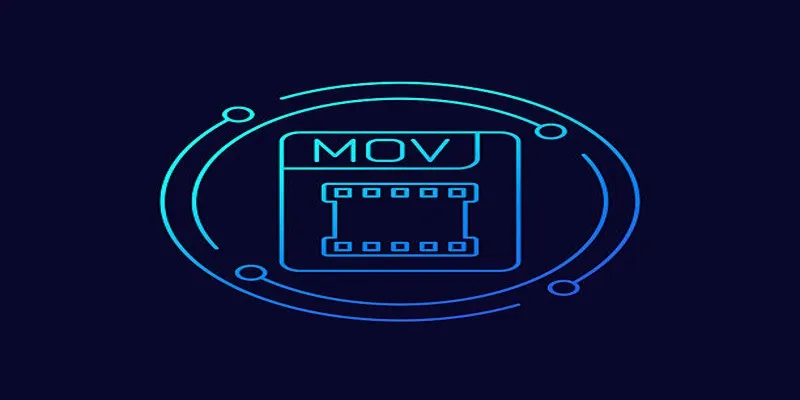
How to Effortlessly Convert MOV to MPEG and Vice Versa

Top 5 Ways to Automate Google Analytics for Better Efficiency

Understanding the M4V File Format: Features, Compatibility, and Conversion Methods
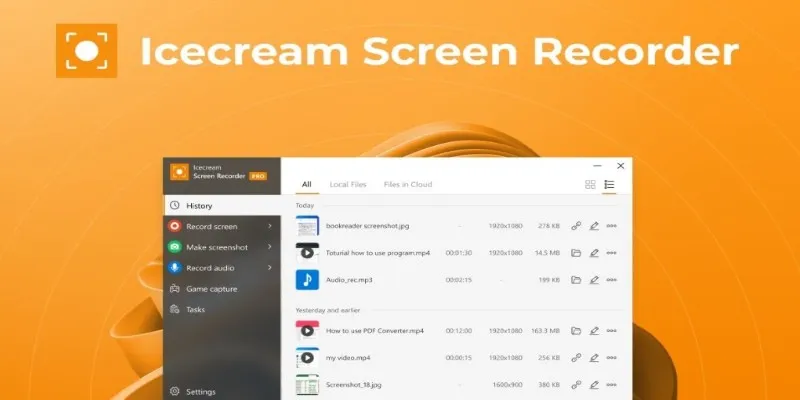
Latest Overview of VLLO Video Editor Before You Download the App
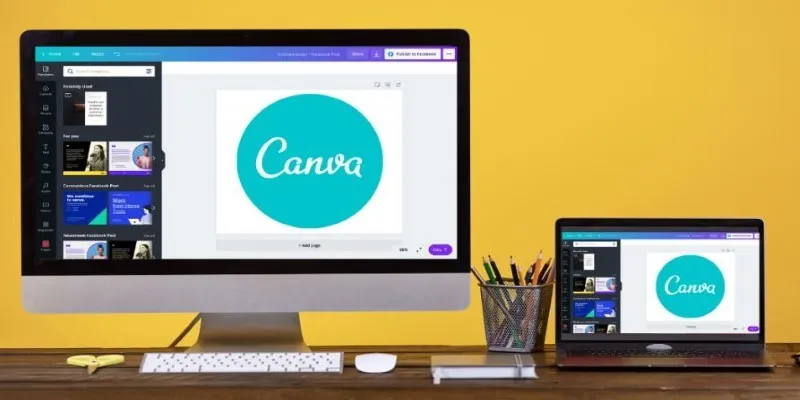
Transform Your Presentations with These Free PPT Template Tools

How to Make a Flickr Slideshow with Music

Best Free Ways to Convert QuickTime MOV to MP4 for Any Device

Essential AI Sales Tools to Elevate Your Sales Strategy
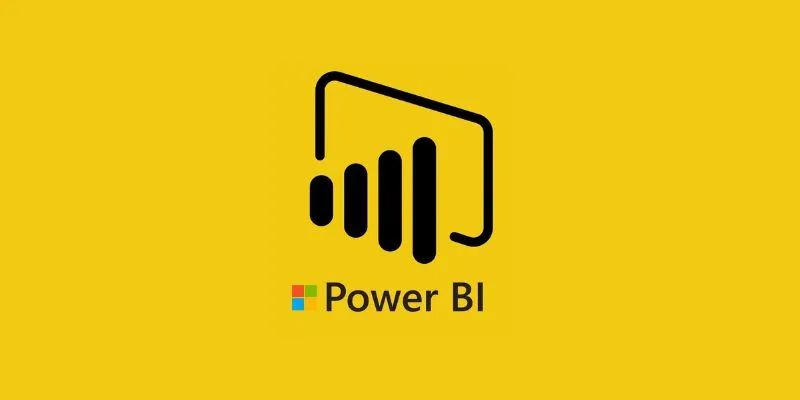
Affordable BI Solutions: The 6 Top-Rated Business Intelligence Software You Need
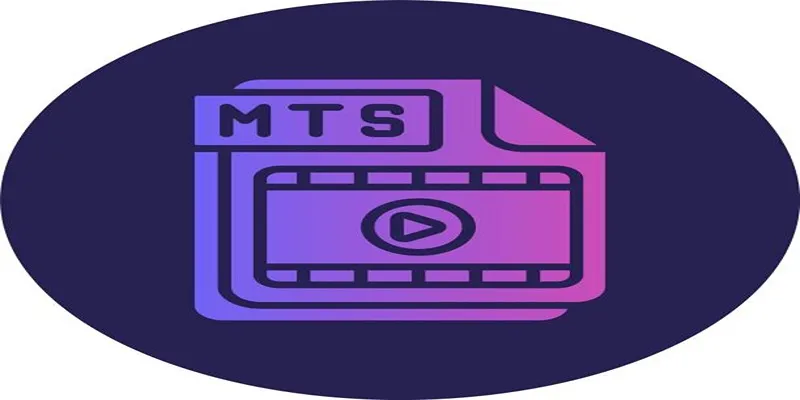
How to Easily Convert MTS to MP4, WMV, or AVI on Any Device

 mww2
mww2